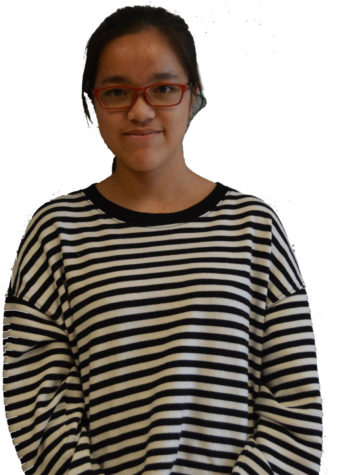Tumblr Makes a Change
February 21, 2019
On December 17th, 2018, following its removal from Apple’s app store due to exposure of adult content to children, Tumblr began cracking down on what the website considered “adult content.” According to Tumblr’s new community guidelines, this includes images, videos, and GIFs containing sexual anatomy and sex acts.
“We spent considerable time weighing the pros and cons of expression in the community that includes adult content,” says Jeff D’Onofrio, CEO of Tumblr, in a statement made on December 3rd, 2018 announcing the ban. “In doing so, it became clear that without this content we have the opportunity to create a place where more people feel comfortable expressing themselves.”
Tumblr has always been known as a safe space for the LGBTQ+ community, sex workers, and people whose preferences or platforms do not conform to mainstream culture to connect to one another and express themselves. The site’s relatively loose censorship was known by many, users and non-users alike, to create an environment in which marginalized communities can seek comfort and connection.
“I frequently got messages from folks who saw my work and said it helped them understand parts of themselves better,” shared ReaperSun, an anonymous Tumblr artist, in Abby Olheiser’s article “Before Tumblr announced plan to ban adult content, it was a safe space for exploring identity.” “[The website] connected me to fandom in a way I’d never experienced before.”
However, the content ban has roused concerns over the ability for users to continue to express themselves the way they had in the past. Dr. Ysabel Gerrald, a lecturer on Digital Media and Society at the University of Sheffield in Sheffield, England, commented on the ban saying, “[I]t feels like a big middle finger to women, to sex workers, and to queer kids. It’s saying, ‘We don’t want you here.’”There has been a lack of responsiveness from Tumblr to criticisms such as Dr. Gerrald’s.
The website currently filters adult content using “automated tools,” which D’Onofrio acknowledges will make mistakes. And he is right. Tumblr has wrongly flagged numerous posts as “improper” since the ban was enforced, including a photo of a vase, a selfie of a fully-clothed man, and an illustration of a fully-clothed witch floating among kelp, all of which were within boundaries set by the website’s community guidelines.
“We can’t regulate what’s in people’s heads…we can’t stop [them] and say, ‘Don’t think about that,’” says Ms. Jane Wright, a psychology teacher at Paint Branch High School. “If you are worried about children seeing things like this…parents need to be a little more careful about what their kids [look at]. Tighter parenting is important.”
Movements to protest against the ban have surfaced across numerous social media platforms, including Twitter. Since mid-December last year, there have been more than one thousand tweets declaring opposition to it, along with the hashtags #TumblrMigration, #TumblrLogOff, #TumblrPurge, and variations of such.
“[Censorship] opens the floodgates to subjectivity, and who is the person that is going to decide if something is inappropriate?” says Ms. Wright. “That worries me because…I don’t think [whoever is making the decision for me] should decide that.”
“[Tumblr] should reverse the ban if they aren’t doing a good job at executing it,” states a student at Paint Branch, who wishes to remain anonymous. “Users don’t want it. They should leave it the way it used to be.”











































